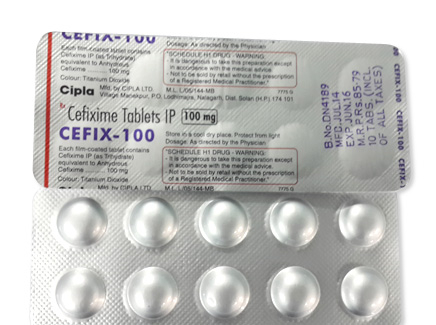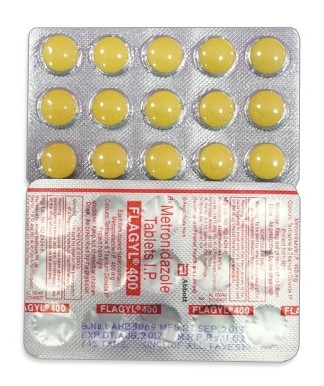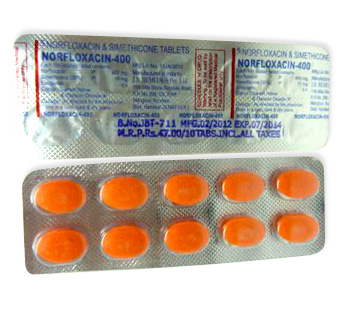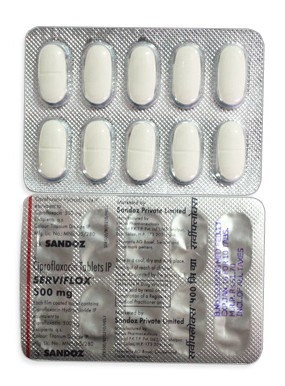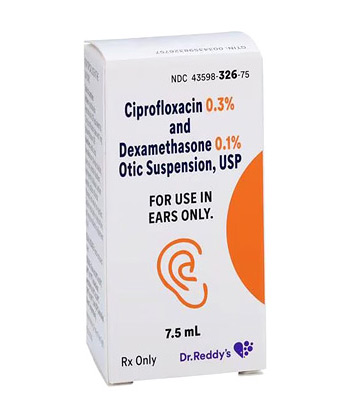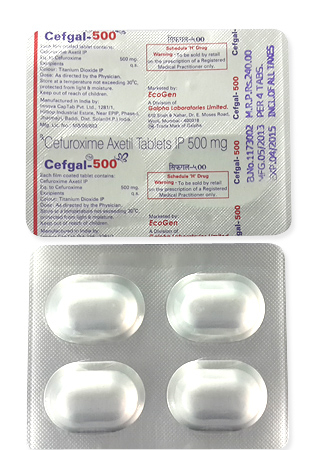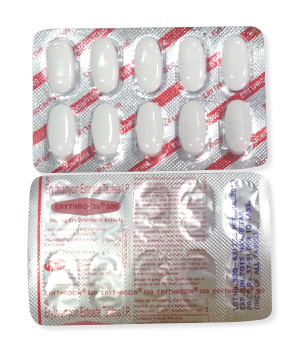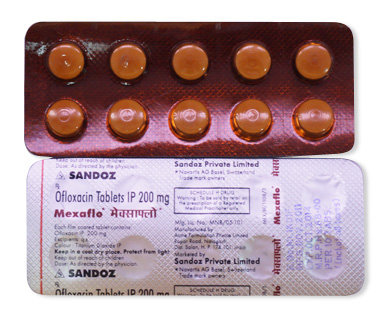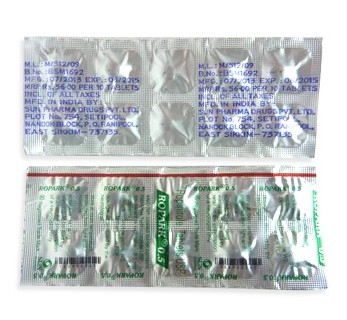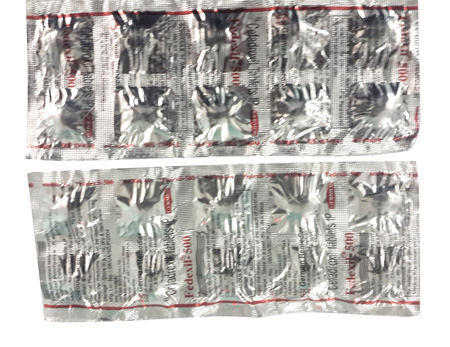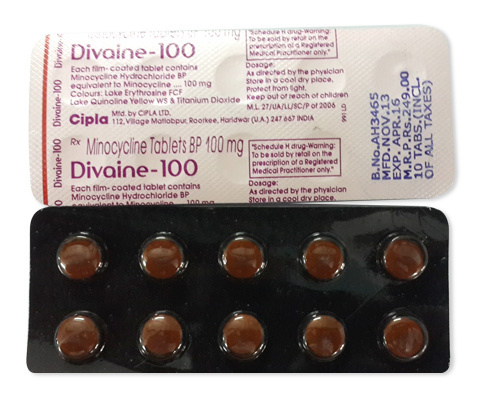
Minomycin
- Minomycin is available only with a prescription at global pharmacies under various brand names like Minocin and Akamin. Delivery times vary by region.
- Minomycin (minocycline) is a tetracycline antibiotic used for acne, respiratory/skin infections, periodontitis, and rosacea. It inhibits bacterial protein synthesis.
- Usual dosages: 50–100mg once/twice daily for acne; 200mg initially then 100mg every 12 hours for infections; 1mg per tooth pocket for periodontal disease.
- Administered orally (capsules/tablets), topically (foam/gel), or as periodontal powder for localized application.
- Begins working within hours, but observable effects (e.g., acne improvement) may take days to weeks.
- Duration varies: Immediate-release lasts ~12 hours; extended-release formulations (e.g., Solodyn) provide 24-hour coverage with once-daily dosing.
- Avoid alcohol consumption, as it may intensify side effects like dizziness and reduce antibiotic effectiveness.
- Most common side effects include nausea, vomiting, diarrhea, dizziness, and skin rash.
- Would you like to try Minomycin without a prescription?
Basic Minomycin Information
| Aspect | Details |
|---|---|
| International Nonproprietary Name (INN) | Minocycline |
| Australian Brand Names | Minomycin (capsules), Akamin; rarely Minocin (imported) |
| ATC Classification Code | J01AA08 (systemic tetracycline antibiotic) |
| Available Forms | 50mg and 100mg capsules; no topical foams/gels in Australia |
| Primary Manufacturers | Aspen Pharma (Australia), Hovione (EU active ingredient supplier) |
| Therapeutic Goods Administration Status | Prescription only; approved for acne and bacterial infections |
Minomycin provides minocycline antibiotic treatment across Australia under pharmaceutical regulations. This prescription tetracycline antibiotic requires medical oversight through the entire treatment journey. Local pharmacies stock only capsule formulations manufactured primarily by Aspen Pharma using European-sourced pharmaceutical ingredients. The TGA carefully monitors Minomycin's distribution channels and prescription antibiotic protocols for optimal public health outcomes.
How Minomycin Works Inside Your Body
Minomycin's antibiotic effects begin with protein synthesis disruption in bacteria. The medication stops microbes from building essential proteins by attaching to their cellular structures. This minocycline mechanism works against various bacteria types including acne-causing Propionibacterium acnes and numerous infection pathogens.
After swallowing the capsule, Minomycin reaches peak antibiotic concentration in your bloodstream within 2-4 hours. The tetracycline properties allow deeper tissue penetration than many antibiotics - crossing into brain tissue and bone material effectively. This distribution pattern partly explains Minomycin's use beyond skin infections.
- The liver processes Minomycin through CYP450 enzymes
- Most medication elimination happens through bile (80%) rather than urine (20%)
- Never take with dairy, antacids or iron supplements - they block stomach absorption
- Avoid warfarin due to bleeding risk and isotretinoin because of intracranial pressure dangers
Minocycline metabolism creates special considerations for anyone with existing liver concerns. Be mindful that alcohol consumption during treatment significantly increases liver toxicity risks beyond typical tetracycline antibiotics caution.
Conditions Treated With Minomycin
Doctors prescribe Minomycin primarily for inflammatory acne cases needing systemic antibiotic therapy. Research and TGA approval confirms minocycline capsules help with skin infection management when topical treatments prove inadequate. Respiratory infections like pneumonia respond well to this medication's broad-spectrum activity against numerous bacterial strains. Urinary tract infections caused by susceptible organisms also fall under approved Minomycin applications.
Some Australian practitioners use minocycline capsules off-label for Lyme disease cases and rheumatoid arthritis inflammation management. However, the Therapeutic Goods Administration hasn't formally endorsed these minocycline applications. Such off-label prescriptions require careful risk-benefit discussions and monitoring for adverse effects.
Special population considerations significantly impact Minomycin treatment decisions:
- Pregnancy and breastfeeding: Absolute contraindication due to irreversible tooth discoloration and bone development risks in infants
- Children under 8 years: Strict avoidance because tetracyclines cause permanent yellow-brown tooth staining during dental development
- Elderly patients: Regular kidney function tests (eGFR monitoring) needed since renal clearance decreases with age
Understanding these Minomycin precautions helps ensure appropriate antibiotic selection across different age groups and clinical presentations.
Minomycin Dosage And Proper Administration
Standard Minomycin dosing schedules vary significantly depending on your condition and infection severity. Acne vulgaris protocols typically range from 50mg to 100mg taken once daily. More serious systemic infections require stronger antibiotic coverage - usually 100mg taken twice daily until symptoms resolve.
| Medical Condition | Standard Minomycin Dosage | Typical Duration |
|---|---|---|
| Acne Vulgaris | 50-100mg once daily | 6-12 weeks minimum |
| Bacterial Infections | 100mg twice daily | 7-14 days (infection-dependent) |
Essential Minomycin administration guidelines should never be overlooked. Always take your capsules with plenty of water when your stomach is empty - ideally an hour before meals or two hours after eating. Dairy products, antacids, and mineral supplements severely compromise minocycline absorption when taken near dose times.
Significant kidney impairment requires reduced Minomycin doses. Avoid this antibiotic entirely if your estimated glomerular filtration rate (eGFR) falls below 50ml/min. Liver complications also necessitate caution - minocycline metabolism may become unpredictable and toxicity risks increase.
Missed Minomycin doses should be skipped if you're near the next scheduled administration time. Taking double doses amplifies antibiotic side effect potential without improving efficacy. Store capsules in their original packaging away from moisture and humidity at standard room temperatures. Never transfer antibiotics into unmarked containers where confusion or child access might occur.
Minomycin Safety & Essential Warnings
Understanding medication safety is vital before starting Minomycin. Not everyone can safely take this antibiotic, and awareness of potential reactions helps manage treatment effectively. Contraindications include known allergy to tetracyclines, pregnancy or breastfeeding, children under eight years (due to permanent tooth discoloration risk), and systemic lupus patients (may trigger flare-ups). Hepatic impairment requires cautious use with regular liver function monitoring.
Common side effects occur in many users:
- Nausea affects around 25% of users, often managed by taking capsules with food
- Dizziness occurs in approximately 15%, usually improving after initial weeks
- Photosensitivity risk necessitates sun avoidance and strict SPF50+ use
Serious reactions demand immediate medical attention. Hepatotoxicity signs include jaundice or abdominal pain. Persistent headaches may indicate intracranial hypertension requiring cessation. Long-term use can cause irreversible blue-gray skin hyperpigmentation, particularly in scars or old acne lesions. Other precautions involve monitoring for autoimmune responses like rashes with fever. Inform your doctor about all medications, especially blood thinners or retinoids which may interact adversely.
Real Patient Experiences with Minomycin
Patient feedback suggests Minomycin delivers results but often tests commitment. Approximately 70% of acne patients on Australian forums like Drugs.com report noticeable improvement, but the journey often requires patience. Effects typically emerge between 4-8 weeks, with many abandoning treatment too early. Vertigo or dizziness commonly surfaces initially though frequently resolves within 10 days; taking doses before bed helps some endure this phase.
Gastrointestinal distress remains a key complaint that impacts adherence strategies. Users emphasize consuming capsules with a light meal rather than milk products that impair absorption. Long-term users express frustration with duration requirements - treating resistant acne often means over six months of daily dosing. Teenage patients occasionally report mood fluctuations while elderly patients using multiple medications highlight difficulties managing interactions. Cost presents additional hurdles: concessional PBS discounts cap expenses at around $7.30 monthly, but unsubsidized prescriptions often exceed $35-$45 per pack.
Minomycin Alternatives Compared
When Minomycin isn't suitable, alternative acne antibiotics offer different advantages. Australian dermatologists commonly prescribe alternatives like doxycycline or lymecycline for specific patient needs. Cost differences and PBS coverage influence selections significantly.
| Drug | Cost (30-day) | Efficacy (Acne) | Key Safety Notes | PBS Status |
|---|---|---|---|---|
| Minomycin | $25–$40 | High | Dizziness, hepatitis risk | Restricted subsidy |
| Doxycycline | $15–$25 | High | Severe photosensitivity | PBS-listed |
| Lymecycline | $35–$50 | Moderate | Less GI disturbance | Not PBS |
Doxycycline stands as Australia's most economically preferred systemic option through PBS subsidies, despite stronger sun sensitivity warnings. Lymecycline appeals to those prioritizing digestive tolerance through its slower-release mechanism. Topical partnerships remain widespread: regardless of oral treatment choice, existing skincare regimens generally incorporate antibacterial clindamycin lotions or benzoyl peroxide creams to boost effectiveness. Other alternatives include hormone-balancing pills for females or isotretinoin courses for severe cystic acne resistant to antibiotics.
Minomycin's Australian Market Position
Minomycin maintains distribution across most Australian pharmacies despite novel treatment growth. Chemist Warehouse and Priceline dispense over 90% of prescriptions nationally. Standard packaging incorporates blister sheets of 10-100 capsules inside regulation-compliant opaque bottles with child-proof caps.
Cost factors remain dynamic: unsubsidized 50mg capsules fluctuate between $24.99 - $39.99 for 30 units seasonally. Summer triggers predictable demand surges, with acne flare-ups from humidity increasing prescriptions by approximately 20%. Pre-COVID stability was disrupted during early-pandemic era scarcity, driven by India-sourced active ingredient shortages during 2022 port congestion phases. Stock normalised by late 2023, though some smaller pharmacies maintain lower inventory since federal medicine shortage protocols prioritise hospitals during supply volatility. Select compounding pharmacies offer import solutions via Special Access Scheme pathways for patients lacking alternatives.
Research & Trends
Minocycline research continues evolving, with notable 2023 studies highlighting potential neuroprotective effects in multiple sclerosis patients. Phase 2 trials demonstrated reduced brain lesion activity, though larger studies are ongoing. For rosacea, topical minocycline formulations showed variable effectiveness compared to oral antibiotics.
Australia's pharmaceutical landscape is shifting significantly:
- Patent expiration enabled three TGA-approved generic versions since 2024
- Telehealth prescriptions increased by 25% post-2023, particularly for acne management
- Research focus shifted toward topical delivery systems to reduce systemic side effects
Off-Label & Veterinary Uses
Some specialists prescribe minocycline off-label for rheumatoid arthritis at 100mg daily doses, leveraging its anti-inflammatory properties. However, most Australian insurance providers don't cover this application due to limited PBS approval.
Veterinary applications exist mainly in aquaculture industries:
- Used in salmon farming under strict antibiotic stewardship programs
- Banned in livestock production due to antimicrobial resistance concerns
- Occasionally prescribed for companion animal skin infections under veterinary supervision
FAQ
These reflect common patient concerns from Australian health forums:
Alcohol interactions: Avoid combining with Minomycin due to increased liver strain and dizziness risk.
Birth control concerns: No direct interaction exists, but gastrointestinal upset may reduce pill effectiveness. Backup contraception is advised.
Dizziness causes: Vestibular disturbance is a documented side effect, usually resolving within two weeks of continuous use.
PBS coverage: Subsidy applies only for severe acne cases after conventional treatment failures.
Capsule administration: Never crush or chew - swallow whole to prevent oesophagitis from concentrated drug release.
Guidelines for Proper Use
Follow these evidence-based practices for optimal safety:
Administration protocol:
- Take on empty stomach with full glass of water
- Remain upright for 30 minutes post-dose
- Antacids or calcium supplements require 2-3 hour separation
Precautions: Use sun protection religiously and avoid isotretinoin combinations.
Storage: Keep containers in dry environments below 25°C. Discard discoloured capsules immediately.
Avoid these mistakes: Splitting capsules, doubling doses after missed timing, or storing in bathroom cabinets.
When to seek help: Contact your GP for persistent vomiting, dizziness continuing beyond two weeks, or skin/mucous membrane discoloration.


